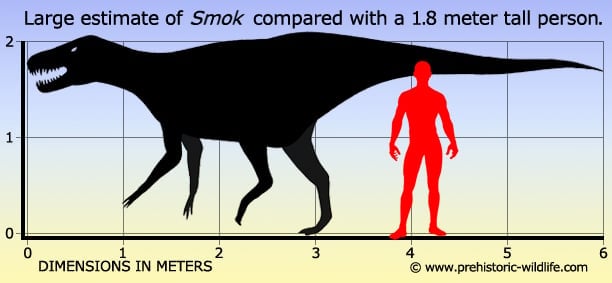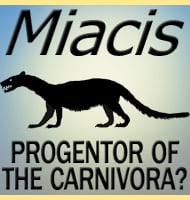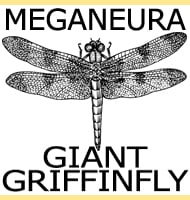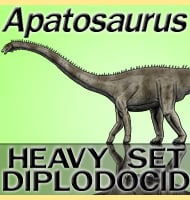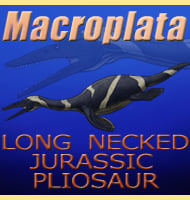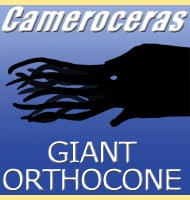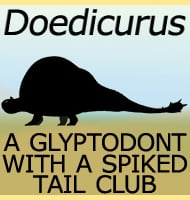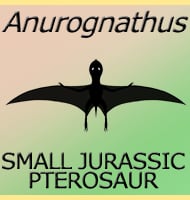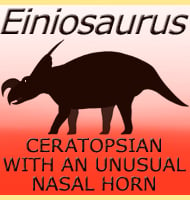In Depth
Named after the Polish word for dragon, the full name Smok wawelski is actually in reference to a dragon that was said to live in a cave near the fossil site. Since the remains were first dug up in 2007, and first described in 2008, Smok has been referred to as a saurischian dinosaur, a rauisuchian, and even an ornithosuchid crurotarsan. The exact classification remains difficult however because Smok displays features that are seen in all three groups which is why Smok is classed only as an archosaur.
Fossilised track ways that show foot prints that might belong to Smok were also found one metre above the original material. While these foot prints show a three toed footprint like you might expect, the feet of Smok are still unknown so it is impossible to say for certain if these tracks really do belong to Smok.
Smok is so far the largest known carnivorous archosaur from Europe. In fact with a length estimated between five and six meters, Smok is even bigger than the more well-known Postosuchus from North America. It’s probable that Smok would have been an apex predator with the power to take down any prey item it could catch.
Further Reading
A large predatory archosaur from the Late Triassic of Poland – Acta Palaeontologica Polonica 57 (2): 251–256 – Grzegorz Niedźwiedzki, Tomasz Sulej & Jerzy Dzik – 2011.
